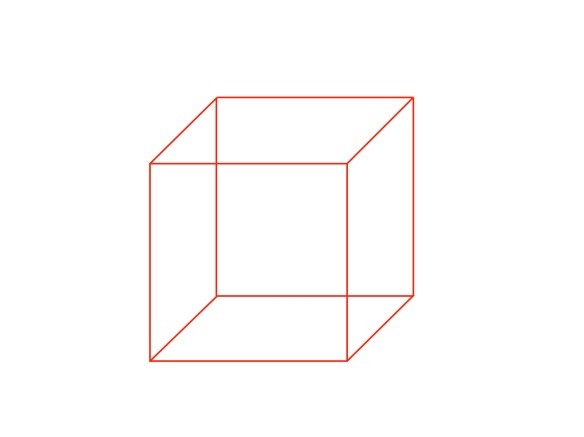By Gordon Rugg
In this series of articles, we’re imagining that you’ve gone back in time, and that you want to produce the Voynich Manuscript as a hoax to make money. We’re looking at the problems and decisions you’d face, and at the implications of various possible solutions.
The first article looked at why a mysterious manuscript would be a good choice of item to hoax. The second article looked at some of the problems involved in hoaxing a text that looked like an unknown language, from the linguistic viewpoint. The third examined the same subject in more depth, and the fourth discussed the choice of materials, going into some detail about the choice between using freshly-made or already-old vellum.
In this article, I’ll look at issues involved in planning the layout, structure and contents of the book.
Not as exotic as the interior: the outside of the Voynich Manuscript. (Image courtesy of the Beinecke Library)






